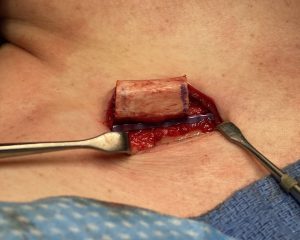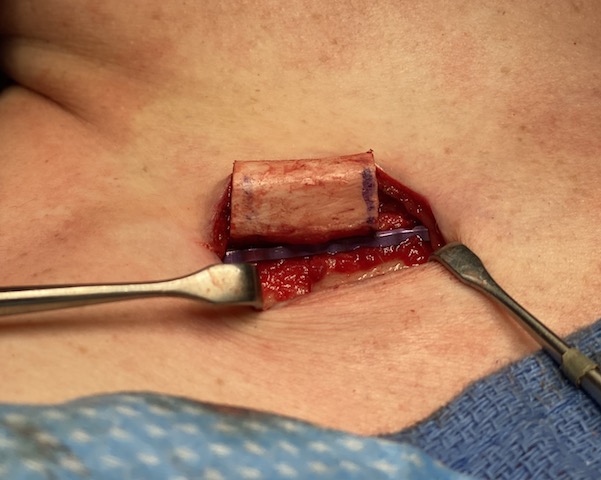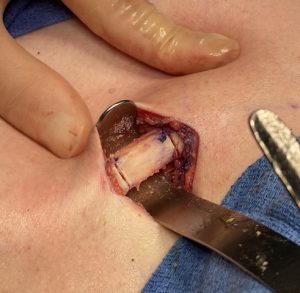Shoulder narrowing surgery is an effective method for upper torso feminization. It is an operation that involves a linear reduction in the length of the clavicles by removing a segment of it. One of the most common questions by patients considering this surgery is how much length of clavicle bone can be removed. Which essentially means how much outer shoulder width reduction will be seen if they undergo the surgery.


In reviewing the Orthopedic surgery literature the only corollary information about bone length and shoulder function can be gleaned from that of clavicle fractures. Such fractures, when untreated, do go on to heal but develop shortening of their length. Biomechanical studies indicate that if the amount of clavicle shortening is less than 30% of its total length then no adverse effects on shoulder function will result. With typical clavicle lengths of 13 to 14 cms, removal of a 2.5cms in shoulder narrowing represents less than 20% of its length.
Shoulder narrowing surgery does not have a long history of clinical use. It is an evolving surgical technique where no scientific studies have yet been done. Some information can be gleaned from the extensive history of clavicle fractures and their repair but this is not an exact corollary in many ways. (unilateral vs bilateral, osteotomies vs fractures) To date shoulder narrowing with the techniques described has proven to be a very safe and effective procedure with few complications in my experience.
Dr. Barry Eppley
Indianapolis, Indiana




